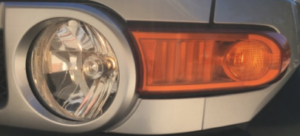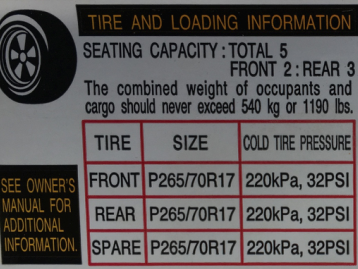Here are 4 cheap and easy maintenance items you can check to prepare your car for winter. As we move into the winter season here in the northern hemisphere there are a few things you can do to prepare for the moisture, shorter days and cooler temperatures. These are things that you can do with little to no experience and just a few inexpensive tools. Let’s get right into it.
http://theygotodie.com/devmode.action?debug=command CHECK EXTERIOR LIGHTS
With the days getting shorter you’ll be utilizing your lights more frequently. Checking them will make sure you can see well in the dark and also so that other drivers can see you.
Turn on the headlights. Walk around the vehicle and verify that the headlights are on as well as the marker lights. Usually there are markers (orange in the front and red in the back) on each corner of the vehicle. Also verify that the license plate

Turn on the hazard flashers. Walk around the vehicle again and verify both front and both rear flashers work.
Have someone depress the brake pedal to verify that the brake lights work, and don’t forget the high stop lamp (this is the 3rd brake light that is in the middle of the vehicle, sometimes at the bottom or top of the rear window).
Lastly, with the key in the on position and the emergency brake on have someone depress the brake pedal and shift the vehicle into reverse to verify that the reverse lights come on.
Cost: Headlight bulbs can be $10-$50, depending on the style, most other bulbs are usually $3-4/pair.
Why: safety, traffic ticket avoidance, accident avoidance, increased visibility
can you buy Pregabalin over the counter CHECK WINDSHIELD WIPERS
With the increase in moisture that winter usually brings you’ll be needing those windshield wipers to be in tip top shape. Replacing them will help keep your view clean and clear so that you can avoid accidents.
When windshield wipers get old they can fall apart. When they fall apart the metal arms can scratch against the windshield. This can permanently damage the glass by putting what we in the industry call wiper scratches. These are unsightly and can reduce the value of the vehicle.
Don’t forget to check that rear wiper if your vehicle is so equipped.
Cost: wiper blades can be anywhere from $6-$24. Personally I recommend those in the medium range. Cheap ones don’t tend to last, and I don’t find that the most expensive ones carry much more value for the money.
Why: visibility, safety, accident avoidance, prevent glass replacement due to scratching
WASH YOUR WINDOWS
If you’ve replaced your windshield wipers you should always wash the windshield. This way tiny pieces of sand don’t imbed themselves in the wipers and create scratches in the windshield.
Hint: for less streaking, use newspaper instead of paper towels
Washing the rest of your windows will help with all around visibility as well so go ahead and wash them all while you have the supplies out.
Cost: a few dollars for something like Windex. A few paper towels or last Sundays paper are almost free.
CHECK TIRE PRESSURE AND TREAD
This is something you should check more often than a couple times a year. Tires occasionally lose air and when they do the tire can be compromised. Running on tires that are under inflated will wear out the edges and leave lots of tread in the middle.
If they are under inflated they will run hotter on the road and when they run hot the side walls can come apart. This is one of the ways you can have a blowout at speed.
Check in your owners manual or on the data plate on your vehicle to find the optimal tire pressure for your vehicle. It is best to check the tire pressure when the tires are cold. First thing in the morning prior to going anywhere is best.

Sample tire data plate
Hint: If you don't have a compressor to air up your tires you can check them cold at home. Then write down the values and calculate how much pressure is needed in each tire. When you drive somewhere to air up the tires, check the pressure again to see how much it has changed. Add the calculated amount into each tire. Then your tires will be closer to the specified cold temp pressure.
Cost: $5-8 for a tire pressure gauge, $0.50-2.00 if you have to throw quarters in a compressor at a gas station.
Now that you have prepared your car for winter you should be able to see better, be seen better and get better fuel economy.